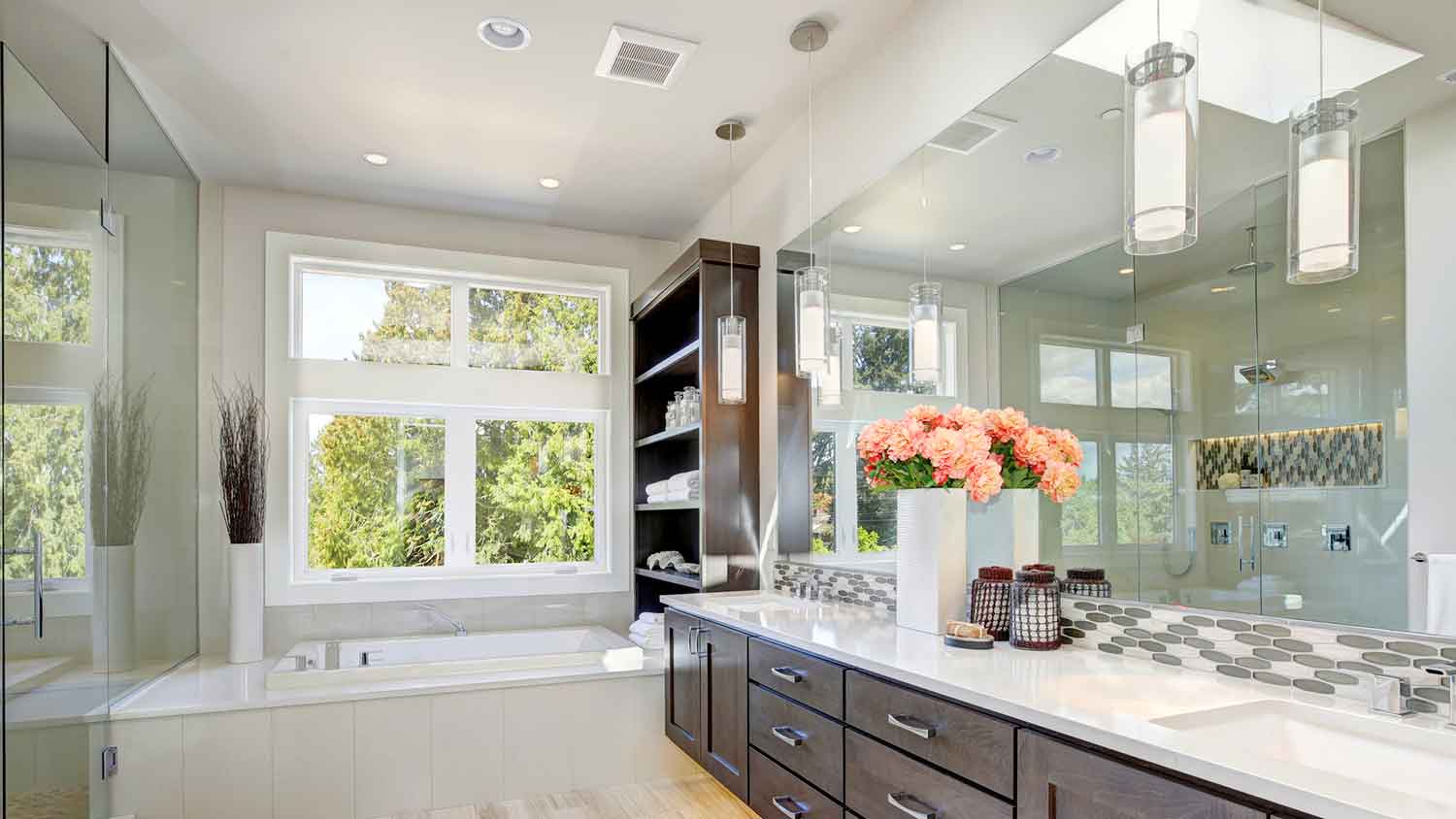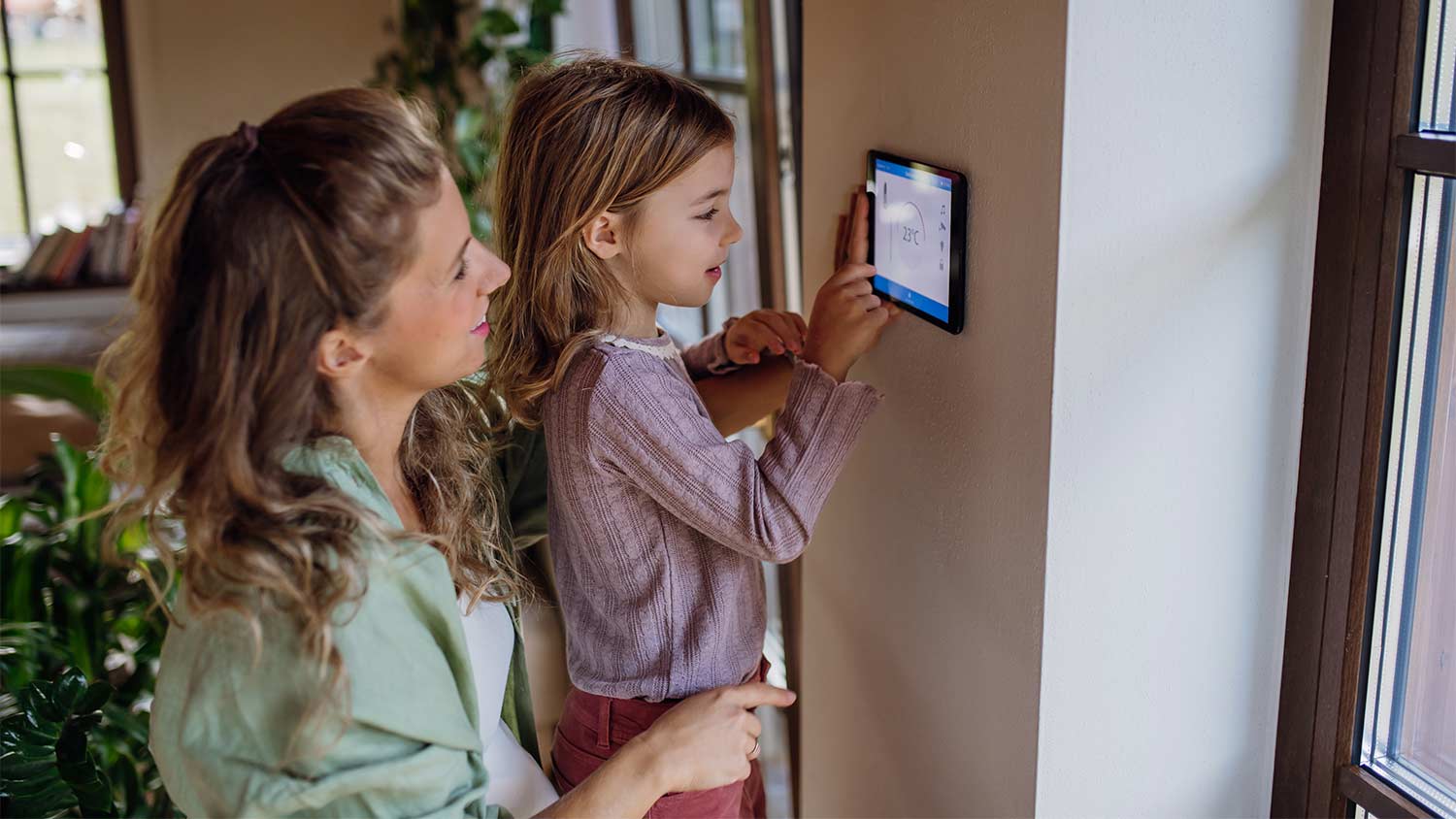5 Top Tips to Troubleshoot Common Heat Pump Issues
Check out this guide if you can’t stand the heat


Heat pumps are beneficial in that they’re energy-efficient and cost-friendly. On the flip side, there are common issues related to heat pumps that may require some attention or even a professional repair. Luckily, you can fix many of these problems yourself by familiarizing yourself with these five common heat pump problems to be prepared and avoid extra costs.
1. Clean Your Air Filter
Coming home after a cold winter day to find your house feeling like the same temperature as the frosty outdoors can be unsettling. One common reason you may find cold spots throughout your home is that your air filter is clogged or dirty. When the air filter is clogged, the HVAC system can't properly circulate air.
Not only can a clogged air filter cause your house to get cold, but it works the other way too. In the warmer seasons, a clogged air filter can cause hot spots throughout the house and, in turn, decrease your comfort. A clogged air filter can also cause your heat pump to overheat and malfunction. This may result in the heat pump turning on or off too quickly or not providing the right temperature.
You can check to see if your air filter is dirty by holding it up against a light source and seeing whether you can see through it. If you can't, your air filter is ready for a cleaning. You can do this easily by washing your air filter with soap and water, and then letting it dry before placing it back in the heat pump.
2. Inspect Electric Panels and Circuit Breakers
Losing power may be somewhat thrilling when you're a kid, but as a homeowner, it can be more overwhelming.
When the thermostat loses power, your heat pump won't turn on. You can see if this is the case by checking whether the thermostat's display is on or off. If it's off, it doesn't have power. Check the power switch on both the indoor and outdoor units and confirm they're set to "on."
Next, inspect your home electrical panel for circuit breakers that are tripping or a blown fuse, which may be the reason for the power outage. You can identify a blown fuse by looking for signs such as damaged wiring or electrical outlets. Hire a top-rated electrician near you to fix the problem safely and correctly.
3. Clean the Area Around the Outdoor Unit
The outdoor unit on your AC releases heat absorbed by the coils into the outdoors. If this unit is dirty or obstructed by debris, branches, or foliage, it can't properly do its job. The result is that the outdoor unit won't properly cool down your home. Make cleaning the area around your outdoor unit a regular task on your home-cleaning checklist to eliminate this issue.
4. Check Your Thermostat Settings
If your thermostat isn’t set correctly, your AC system won’t function properly. The result is that your home won’t be the temperature you desire. This sometimes happens when you get a new thermostat and it’s wired improperly, but settings can malfunction on any thermostat.
An improperly calibrated thermostat may result in your heat pump malfunctioning. You can fix it yourself using your thermostat manual or contact a local HVAC pro to help you. An ideal temperature during the summer is 70 to 78 degrees Fahrenheit. During the winter, it’s around 68 degrees Fahrenheit.
5. Clean Your Coils
Evaporator coils are AC or heat pump components that take and absorb heat from your home. You can find evaporator coils inside the air handler or attached to the furnace, and they look like loops of aluminum or copper.
When your coils are dirty or blocked up, they can’t properly absorb the heat. Inspect your coils and look for dirt or frost. If there is dirt, clean your heat pump coils with either a coil cleaning solution or water and dish soap.





- Furnace Repair
- Air Conditioning Repair
- HVAC Repairs
- Furnace Installation
- Wood & Pellet Stove Repair
- Dehumidifier & Humidifier Repair
- Heat Pump Companies
- Swamp Cooler Repair
- Wood Stove Services
- HVAC Companies
- Commercial A/C Repair
- Geothermal Installation
- Air Conditioning Installation
- Boiler Repair
- 24 Hour Furnace Repair
- Geothermal Repair
- Heat Pump Repair
- Humidifier Installation
- Thermostat Repair
- Thermostat Installation
- Nest Installation
- Heating & Cooling
- Heating Repair
- Furnace Cleaning
- Furnace Tune-Up
- HVAC Technicians
- Subcontractors
- Furnace Maintenance
- Plumbing & Heating Companies
- Wood Stove Inspection
- Mini Split Installation
- Wall Heater Repair
- Duct Installers
- 6 Common Heat Pump Problems and Their Solutions
- Why Is My Heat Pump Not Cooling? 7 Troubleshooting Tips to Help You Find the Problem
- Heat Pump Freezing Up? Here Are 9 Things to Check
- 11 Reasons Your AC Is Blowing Hot Air
- Heat Pump Not Blowing Hot Air? 7 Issues That May Be the Culprit
- 8 Common Problems With Geothermal Heat Pumps
- Heat Pump vs. Air Conditioner: What’s the Difference?
- How to Clean Your AC So It Runs All Summer Long
- How to Troubleshoot Your Air Conditioner: 12 Common Problems and Tips to Fix Them
- 9 Summer HVAC Tips to Stay Cool and Save Money










